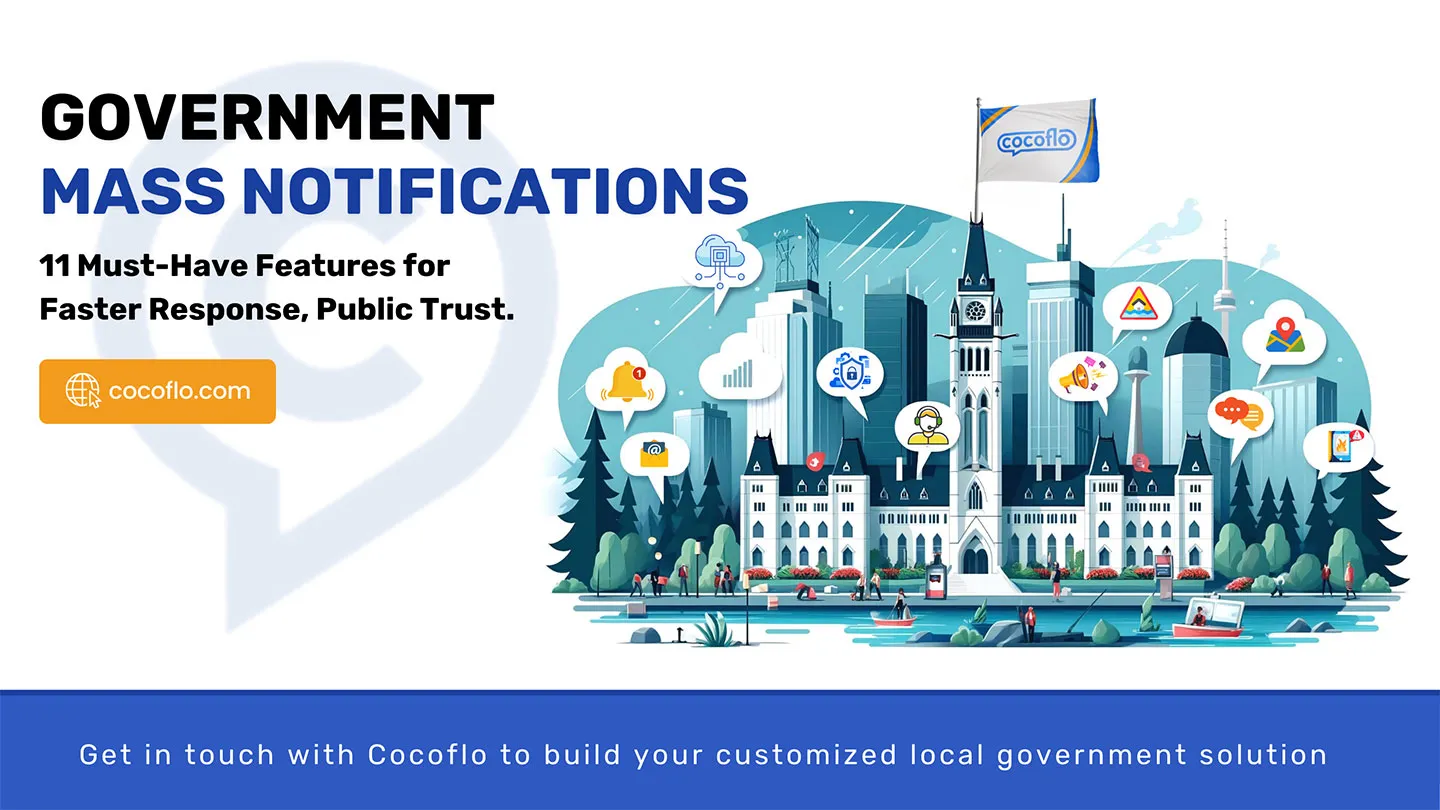
Public sector digital transformation in 2023: the top 5 trends
Digital transformation within the public sector is essential to keep up with the pace of technological advancements and meet the evolving expectations of citizens. The adoption of digital technologies can help governments provide more efficient, cost-effective, and accessible services to citizens, improving their overall experience. Another significant benefit is that digital transformation can help governments streamline processes, reduce costs, and enhance data security and privacy — all critical in today's digital landscape.
With “digital” becoming an increasingly crucial component of any modern municipal strategy, we wanted to explore the top 5 trends in public sector digital transformation for 2023:
1. Embracing cloud technology
With the ability to store and access data remotely, we foresee that cloud technology will continue to be widely adopted by many governments in 2023. The cloud allows governments to streamline their operations, reduce hardware costs, and improve collaboration between departments. Being able to access essential services remotely also helps to reduce the cost of maintaining on-premise infrastructure. Additionally, the use of cloud-based services enables governments to quickly adapt to changing technological landscapes, ensure data security, and provide better citizen services. More and more governments will shift towards cloud computing as a way to modernize their infrastructure and improve their overall efficiency.
2. Increased use of artificial intelligence (AI) and automation
With so much hype around recently-launched AI tools like ChatGPT and Midjourney, we predict that a large number of municipalities will jump on board the AI train and venture into automation territory. AI will not only help governments save time by automating repetitive tasks such as document processing, it will also allow them to analyze large data sets and make predictions that can heavily assist with strategic planning. For example, AI can process and analyze data from IoT sensors within the community to identify potential threats and enhance emergency response times.
3. Expansion of e-government services
It comes as no surprise that we’ll most likely see more municipalities expand their e-government offerings in 2023. More than ever, citizens expect the public sector to deliver service and experience in ways that the private sector has already excelled at for many years. Small governments that may have implemented digital services like e-payments (necessitated by the pandemic) will likely add other digital functionalities such as e-permits or recreation bookings to their offering. These smaller governments (with smaller budgets) will take their time to digitize their processes one by one in order to prioritize their most pressing citizen needs. We predict that the larger municipalities, who typically have more funding, resources, and bandwidth, will be at the forefront of innovation. These bigger entities will blaze a trail with new technologies, policies, and programs that can drastically improve the lives of their residents and set examples for other communities.
4. Increased focus on cybersecurity
In today's digital age, cybersecurity is an absolute must for governments. With so much sensitive information and critical infrastructure reliant on technology, the risk of a cyberattack is extremely real. The consequences of a successful attack can be disastrous, causing damage, disruption, and even putting lives at risk. Which is why governments will continue to heavily prioritize cybersecurity in 2023 and invest in the right resources and expertise to keep systems and citizens safe from harm. By focusing on cybersecurity, municipalities are able to safeguard critical infrastructure, protect sensitive information, and ensure that operations and services continue to function smoothly and effectively – all outcomes that help to maintain the trust and confidence of citizens.
5. Increased collaboration between government agencies
Collaboration between government agencies is essential for a successful digital transformation. By working together, different agencies can share information and resources, and achieve goals that they wouldn't be able to reach on their own. Increased collaboration between government agencies can help to break down silos, reduce redundancy, and promote more efficient and effective decision-making. When agencies and departments work together, they can better identify and address complex issues that require a multi-faceted approach. And let's not forget about the benefits for the public - collaborative planning leads to more comprehensive and coordinated services that better meet the needs of constituents. In order to get a multitude of siloed government departments feeling more like a single entity, we also predict that municipalities will invest in creating a more streamlined user experience for citizens. Think simple user interfaces that link all e-government services together in one, nice, easy-to-use package.
The public sector is expected to continue along a significant digital transformation journey in 2023. The trends outlined above provide a blueprint for the year ahead that will help governments deliver better, more efficient, and more secure digital services to citizens. This commitment to innovation allows governments to embrace technology to enhance the citizen experience.



